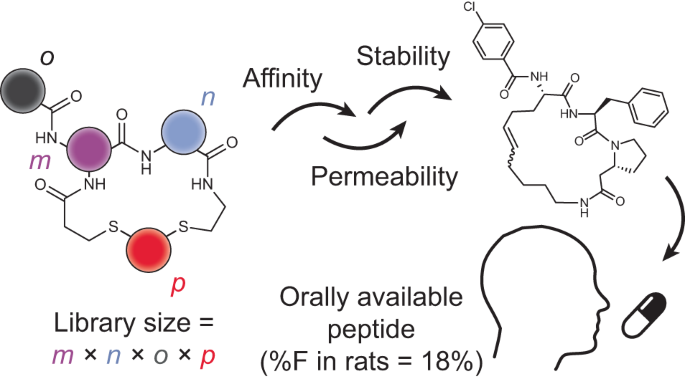2024-01-09 ケンブリッジ大学
◆スペイン北部の蝶集団は体温調整において英国の蝶よりも日光浴を利用する優れた能力を持っていますが、気温上昇によりスペインの蝶が絶滅リスクにさらされる可能性があるとする研究結果があります。
◆カタルーニャ地域の研究で、蝶は異なる方法で体温を調整し、カタルーニャの蝶は低温で翼を太陽に向けて温める一方、英国の蝶は温かい微気候を見つける傾向があります。しかし、地元の気温が上昇すると、両方の蝶集団は熱回避行動に切り替えます。世界的な気温上昇に伴い、英国の蝶は初めは恩恵を受けるかもしれませんが、スペインの蝶は迅速に適応できない場合、生存が難しくなると指摘されています。
<関連情報>
- https://www.cam.ac.uk/stories/butterflies-climate-change
- https://besjournals.onlinelibrary.wiley.com/doi/10.1111/1365-2656.14039
ヨーロッパの2つのチョウの群れにおける体温調節の地域差 Regional differences in thermoregulation between two European butterfly communities
E. Toro-Delgado, R. Vila, G. Talavera, E. C. Turner, M. P. Hayes, N. P. C. Horrocks, A. J. Bladon
Journal of Animal Ecology Published: 08 January 2024
DOI:https://doi.org/10.1111/1365-2656.14039

Abstract
- Understanding how different organisms cope with changing temperatures is vital for predicting future species’ distributions and highlighting those at risk from climate change. As ectotherms, butterflies are sensitive to temperature changes, but the factors affecting butterfly thermoregulation are not fully understood.
- We investigated which factors influence thermoregulatory ability in a subset of the Mediterranean butterfly community. We measured adult thoracic temperature and environmental temperature (787 butterflies; 23 species) and compared buffering ability (defined as the ability to maintain a consistent body temperature across a range of air temperatures) and buffering mechanisms to previously published results from Great Britain. Finally, we tested whether thermoregulatory ability could explain species’ demographic trends in Catalonia.
- The sampled sites in each region differ climatically, with higher temperatures and solar radiation but lower wind speeds in the Catalan sites. Both butterfly communities show nonlinear responses to temperature, suggesting a change in behaviour from heat-seeking to heat avoidance at approximately 22°C. However, the communities differ in the use of buffering mechanisms, with British populations depending more on microclimates for thermoregulation compared to Catalan populations.
- Contrary to the results from British populations, we did not find a relationship between region-wide demographic trends and butterfly thermoregulation, which may be due to the interplay between thermoregulation and the habitat changes occurring in each region. Thus, although Catalan butterfly populations seem to be able to thermoregulate successfully at present, evidence of heat avoidance suggests this situation may change in the future.


